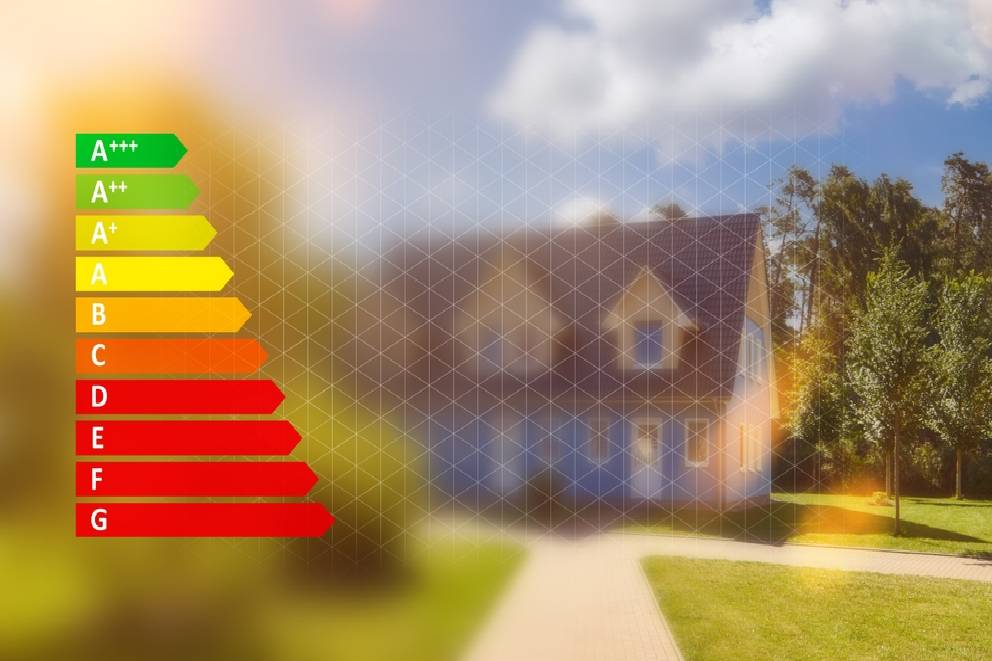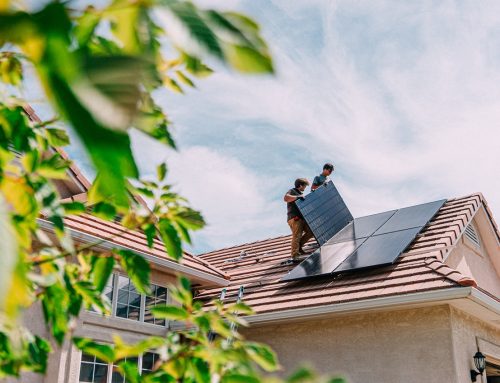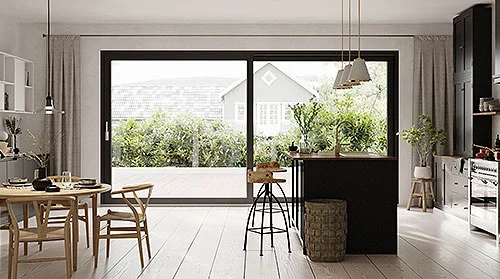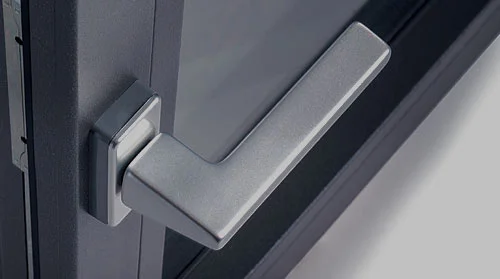Energy-efficient windows are a smart home improvement, reducing energy bills, boosting comfort, and increasing home value. If you’ve started shopping for windows, you might have noticed that energy performance labels can be full of complex, hard-to-understand information.
Many homeowners are unsure of what the numbers and acronyms mean or which ratings matter most. That’s where this guide comes in. We’ll break down the key elements of energy performance labels for windows, helping you confidently make informed decisions.
Key Parameters on Window Energy Performance Labels
When you’re choosing new windows, it’s easy to get lost in the technical jargon on energy performance labels. But understanding these ratings is crucial—they’re the key to making smart decisions that can save you money and increase your home’s comfort. Let’s break down the most important parameters so you can feel confident in your choices.
U-factor:
This measures how well a window prevents heat from escaping, with typical values ranging from 0.10 to 2.00. The lower the number, the better the window insulates. For example, a U-factor of 0.30 insulates better than one rated 0.40. In colder climates, a low U-factor is crucial for keeping heat indoors.
Solar Heat Gain Coefficient (SHGC):
SHGC indicates how much solar heat a window allows in, with ratings from 0 to 1. A lower SHGC means less solar heat enters your home, ideal for hot climates. Conversely, in colder regions, a higher SHGC can help warm your home during winter.
Visible Transmittance (VT):
VT measures the amount of visible light passing through the window, also rated from 0 to 1. A higher VT means more natural light, which can reduce the need for artificial lighting and lower your electricity bills.
Air Leakage:
This rating shows the amount of air that can pass through the window assembly, usually expressed as less than or greater than 0.3. Lower air leakage indicates fewer drafts and less wasted energy, helping maintain your home’s temperature and reducing the load on your HVAC system.
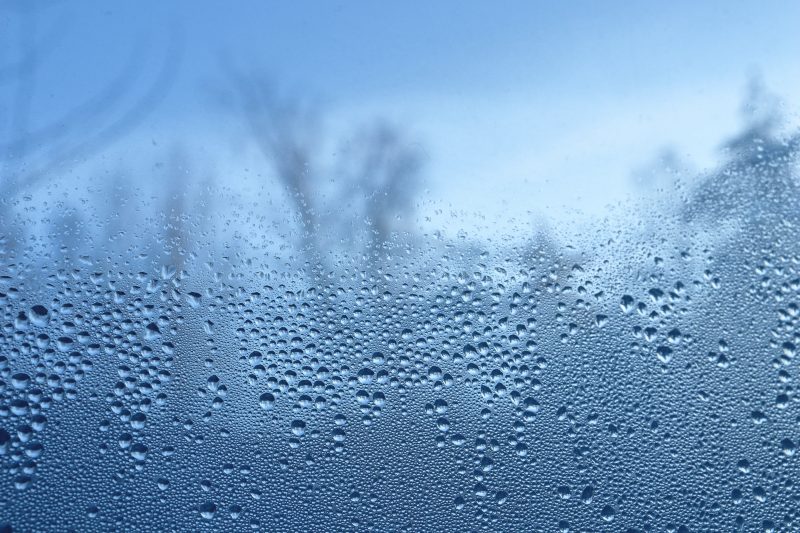
Condensation Resistance:
This parameter, rated from 1 to 100, measures a window’s ability to resist water buildup. Higher numbers indicate better resistance to condensation, which is important for preventing mold and water damage, especially in humid climates or moisture-prone areas like bathrooms and kitchens.
Understanding these key ratings will help you select windows that not only meet your aesthetic needs but also perform well in your specific climate. By taking the time to consider each parameter, you’ll ensure that your investment in new windows pays off in comfort and energy efficiency.
In the next section, we’ll provide some practical buyer tips to help you make the most informed choice when shopping for energy-efficient windows.
Buyer Tips for Choosing Energy-Efficient Windows
Now that you understand the key ratings, here’s how to apply this knowledge when shopping for windows:
Consider Your Climate and Window Orientation:
- Cold Climates: Focus on a low U-factor to retain heat.
- Hot Climates: Prioritize a low SHGC to block solar heat.
- Mixed Climates: Choose different ratings for different sides of your house. South-facing windows might benefit from a higher SHGC to capture winter sun, while east and west windows may need a lower SHGC to prevent overheating in summer.
Balance Efficiency with Natural Light:
- A low SHGC can keep out heat but may also reduce natural light. Look for a balance between SHGC and VT that suits your room’s needs. Living areas may require more light (higher VT), while bedrooms might benefit from better heat control.
Tailor Selections to Specific Rooms:
- Living Rooms/Kitchens: Prioritize comfort and natural light with a good balance of U-factor, SHGC, and VT.
- Bedrooms: Opt for better insulation (lower U-factor) and less light transmission for a restful sleep.
- Bathrooms: Consider windows with high condensation resistance to prevent moisture issues.
Choose Installers Who Understand the Product:
- Proper installation is critical to getting the most out of your windows. It’s important to choose an installer who understands the specific product. At OKNOPLAST, our dedicated dealers and partners are trained to install our systems like PAVA and PIXEL correctly, ensuring your windows deliver all the benefits they’re designed for.
Visit a Dealer Showroom to See for Yourself:
- There’s no substitute for seeing and experiencing the windows in person. Visiting a manufacturer’s dealer showroom allows you to see how the windows look, feel how they operate, and explore the size options available. We invite you to visit an OKNOPLAST showroom, where our experts can help tailor windows to your specific preferences and needs.
With these tips and your understanding of energy performance labels, you’re well-equipped to choose windows that will serve your home efficiently for years to come.
Certifications for Energy-Efficient Windows
Now that you understand how to read energy performance labels and what to look for in energy-efficient windows, the last piece of the puzzle is understanding key certifications. These certifications ensure that the windows you choose meet specific standards for energy efficiency.
Key Certifications to Look For:
- ENERGY STAR
- NFRC (National Fenestration Rating Council)
- Regional certifications (e.g., California Title 24)
Why do Certifications Matter?
Choosing certified windows gives you peace of mind. These certifications mean the windows have been independently tested and verified to meet established performance standards. As a result, certified windows are more likely to deliver the energy savings and comfort you’re looking for. Plus, having certified energy-efficient windows can be a valuable asset if you ever decide to sell your home.
When shopping, look for the ENERGY STAR and NFRC labels, as well as any relevant regional certifications. These marks are your assurance that the windows will perform as promised, making your investment worthwhile.
Final Thoughts
Understanding window energy performance labels is key to choosing the right windows for your home. By comparing ratings for insulation, solar heat gain, light transmission, and more, you can select windows that best match your climate and needs.
Remember, the ideal ratings vary depending on where you live. What works for a home in Florida might not suit a house in Minnesota. Taking the time to compare these labels will help you make informed, energy-efficient choices.
As energy efficiency becomes a priority for more homeowners, the benefits are clear: lower utility bills, improved comfort, and potential property value increases. Now that you’re equipped with this knowledge, selecting the right windows doesn’t have to be overwhelming.
We invite you to contact an OKNOPLAST dealer for personalized advice and to explore the best options for your home. They can help you find the perfect balance of energy efficiency, comfort, and style.
Investing in energy-efficient windows is a smart choice that pays off in the long run. Contact OKNOPLAST today to get started.
Continue Reading
Products.
